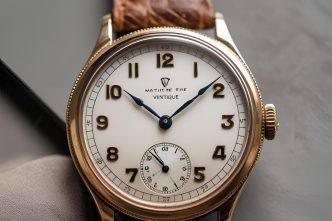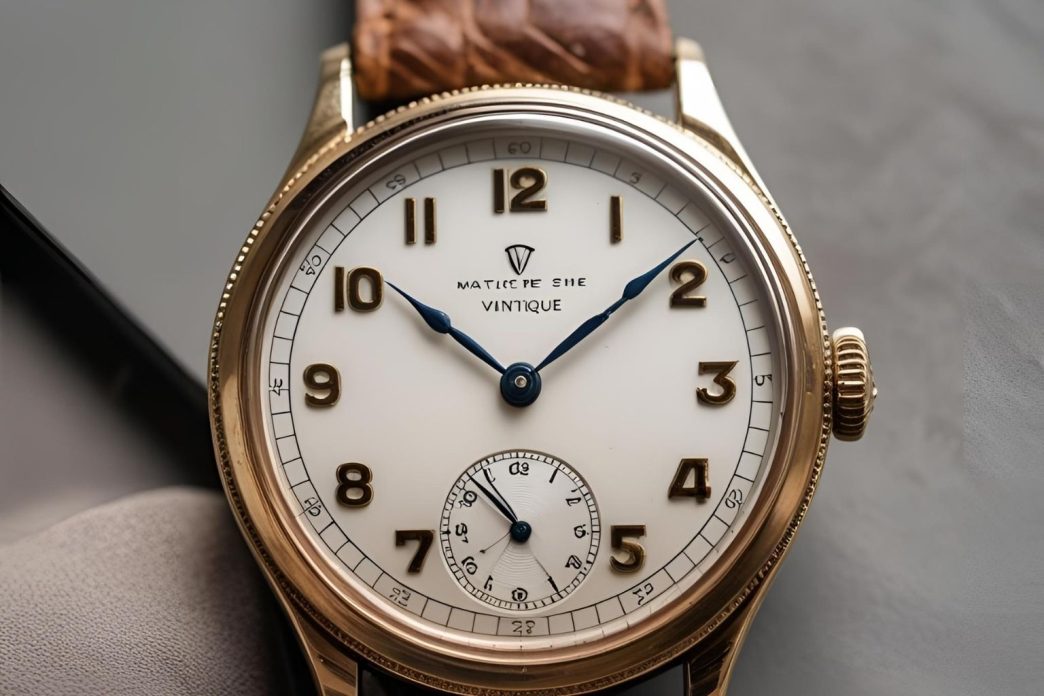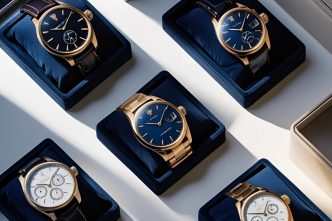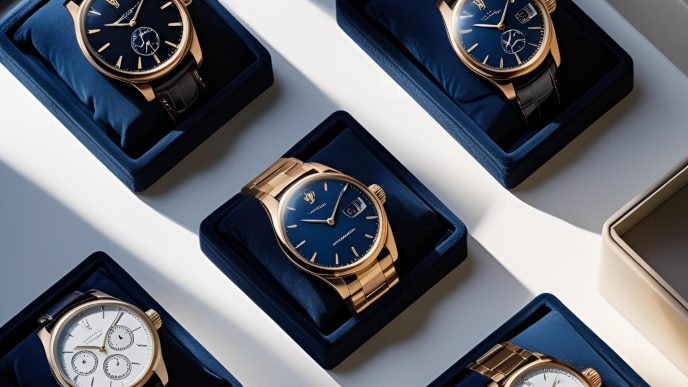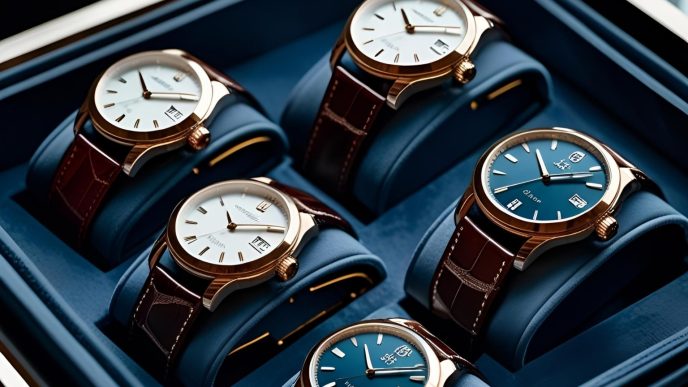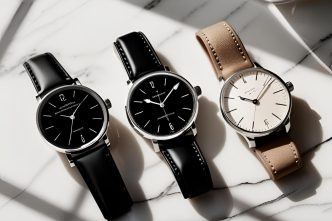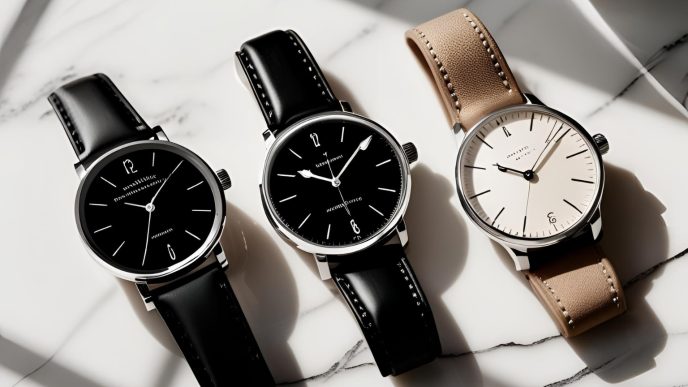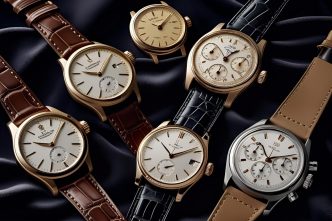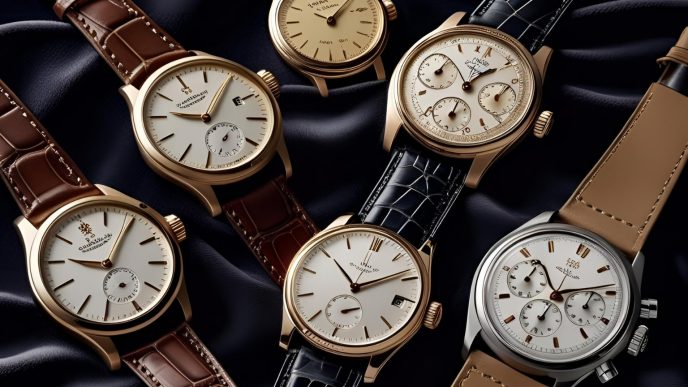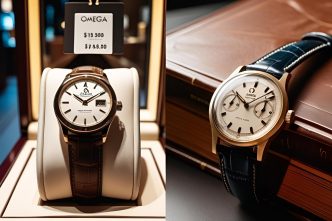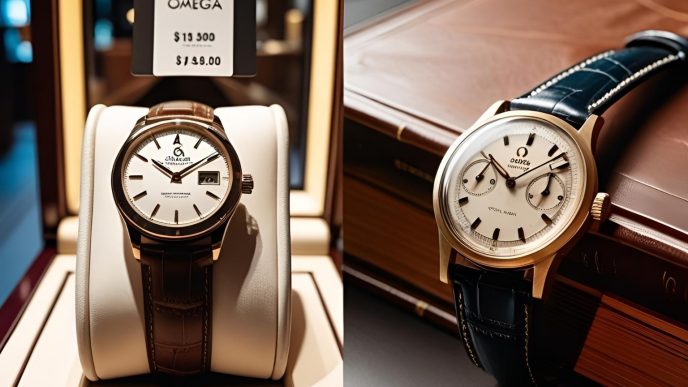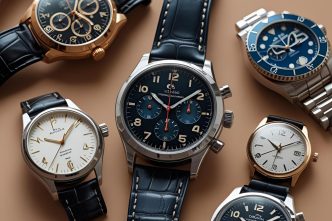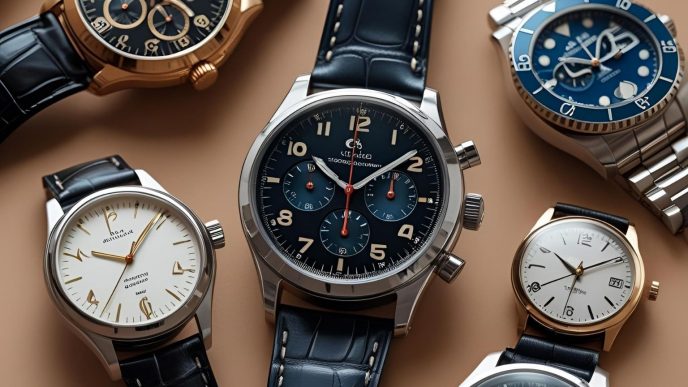A vintage watch is more than just a timepiece — it’s a story frozen in time. But buying one can be risky without proper knowledge. From authenticity to investment value, here’s your complete guide to making a smart and informed vintage watch purchase.
1. Verify Authenticity and Paperwork
Authenticity is everything. Check for serial numbers, brand engravings, and model codes. If possible, ask for the original box, certificate, or proof of purchase. Forged or modified pieces are common in the vintage market.
2. Know the Brand and Model History
Each vintage watch has a story. Knowing when the model was produced, the series it belongs to, and its market history will help you understand its rarity and value. For instance, a 1960s Omega Speedmaster holds great collector appeal.
3. Component Consistency
Mismatched parts — like an original case with replaced hands or a redialed face — may lower the value. Make sure all parts are era-appropriate. Consider a professional inspection if unsure.
4. Movement Condition and Service Records
Functionality matters as much as aesthetics. Ask about the watch’s service history. Has the movement been maintained? Was it overhauled? Avoid over-polished or heavily restored watches if originality is a priority.
5. Condition of Case and Crystal
Scratches, dents, and replaced crystals may affect value. Original sapphire or acrylic glass is ideal. Inspect the watch carefully or request high-resolution photos if buying online.
6. Seller Reputation and Transparency
Buy from trusted sources — either well-established dealers or highly rated individuals. Check online reviews, references, and return policies before committing.
7. Compare Prices and Look for Investment Potential
Research the current market for similar models. If a price is too good to be true, it probably is. Rare or historically important models can appreciate in value significantly over time.


